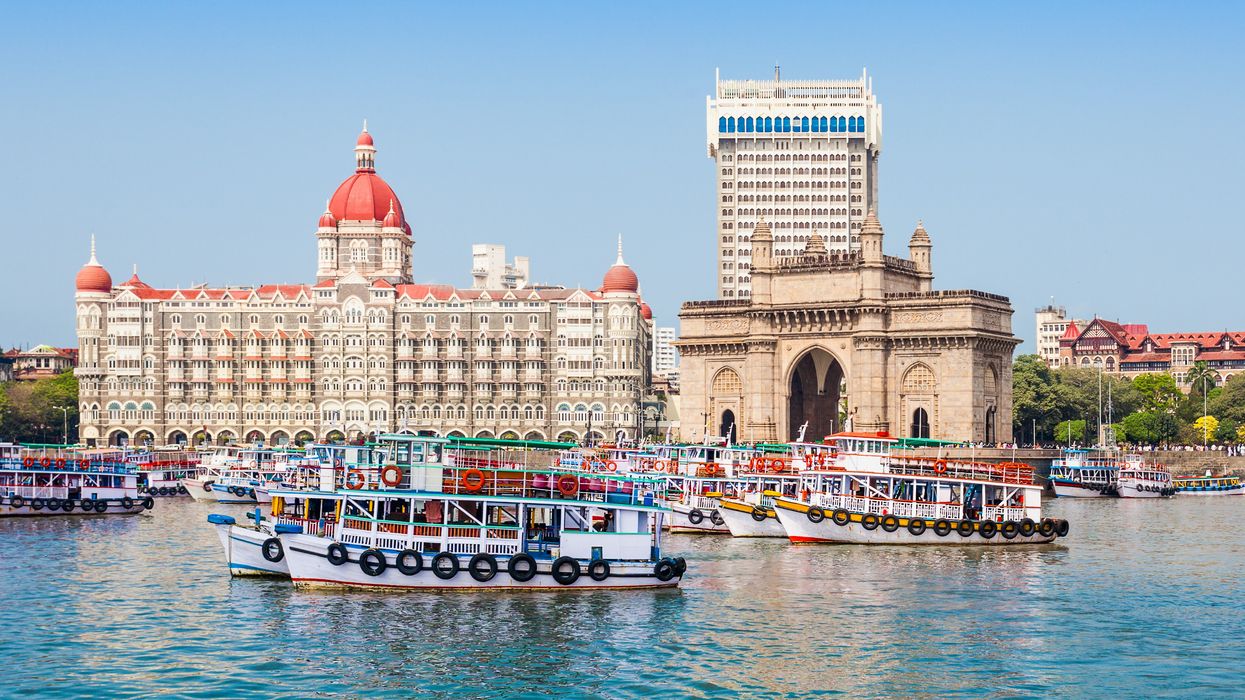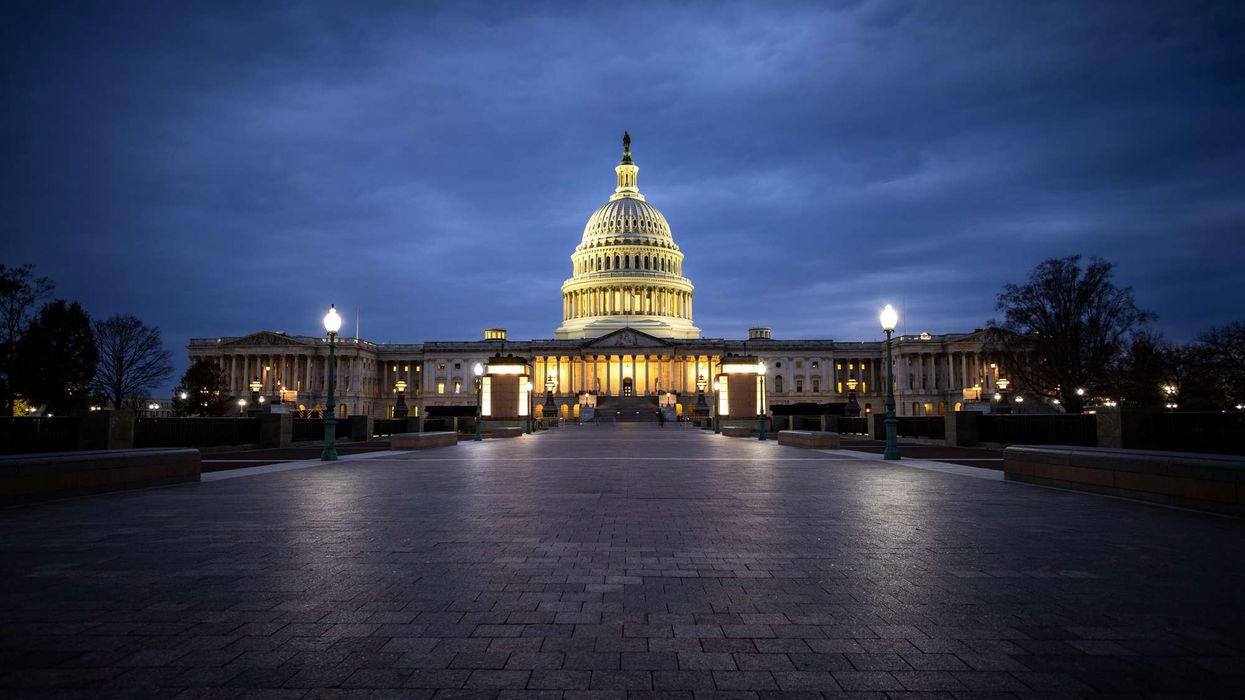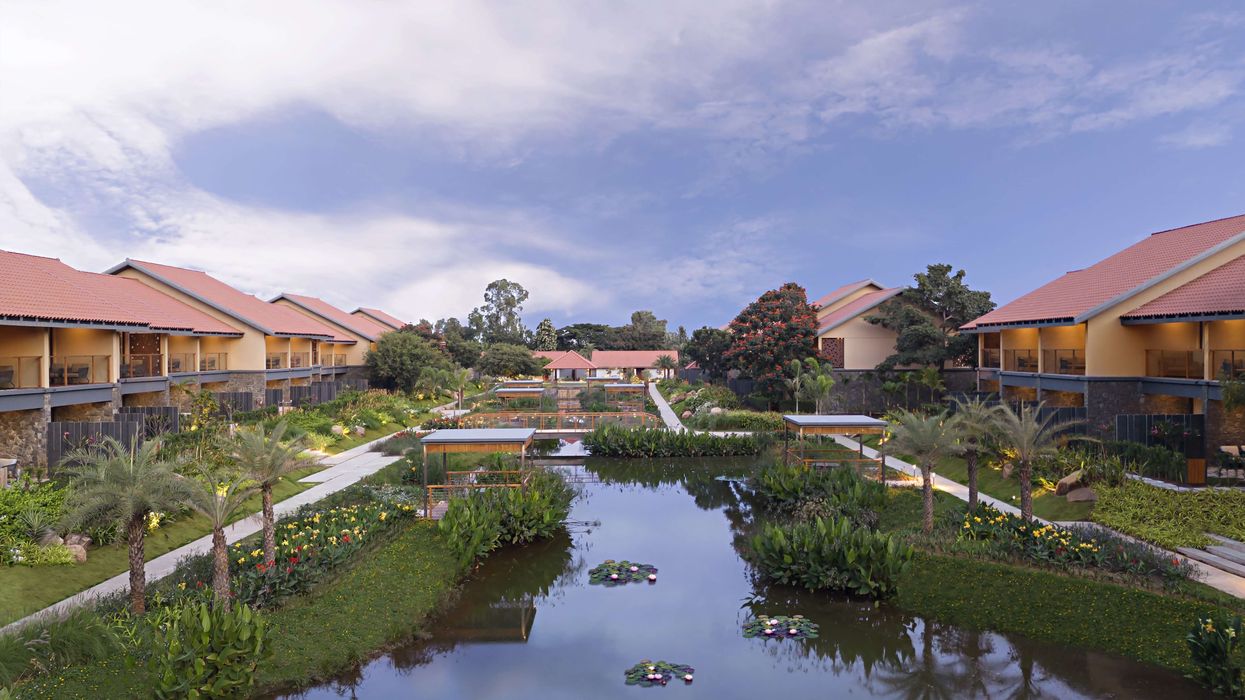THE INDIAN HOSPITALITY industry is projected to grow steadily despite regional tensions and geopolitical uncertainty, according to Rubix Data Sciences. Revenue is expected to surpass ₹1.1 trillion (around $12.8 billion) by the 2027 financial year, growing at a CAGR of 10.5 percent.
This surge is driven by a rebound in domestic tourism, rising foreign tourist arrivals, and rapid growth in the meetings, incentives, conferences, and exhibitions segment, ANI reported, citing the Rubix report.
“India's hospitality sector is no longer metro-centric; it is thriving in new routes driven by local demand, spiritual tourism, and mid-range experiences,” Mohan Ramaswamy, Rubix CEO and co-founder, was quoted as saying. With the industry set to cross ₹1 trillion by fiscal year 2027, the size of the opportunity is huge—but so is the need for risk-aware growth.
Domestic travelers accounted for 50 percent of incremental revenue growth, followed by foreign tourist arrivals at 30 percent and MICE at 20 percent, the report noted.
India's hospitality sector rebounded strongly from the pandemic, with occupancy rising from 35 percent to 68 percent in fiscal 2024. Branded hotels led the recovery, posting a decade-high ADR of about ₹7,500 (around $90) and RevPAR of about ₹5,439 (around $65).
Western India recorded the highest RevPAR and an occupancy rate of 69.5 percent, with emerging high-yield markets including Rishikesh, Udaipur and Varanasi, the report said. Supported by infrastructure spending, state tourism initiatives, and digital-first travel behavior, India's hospitality sector is entering a structurally stronger phase.
However, the Indian hospitality and travel sectors faced a severe crisis after “Operation Sindoor,” with over half of bookings canceled in major cities and online travel platforms suspending international services.













